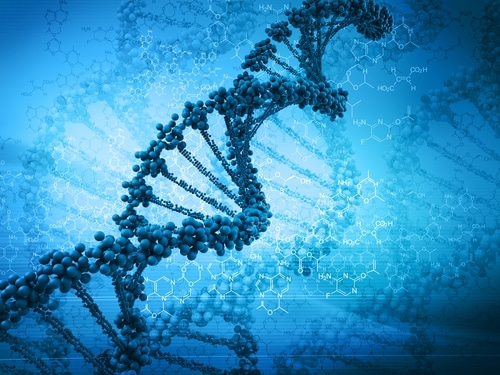With so much focus on cost containment and patient satisfaction in the healthcare industry, greater innovation is needed to meet demand. Although the medical device tax continues to hold back research and development spending, a recent report by iData Research found that the orthopedic biomaterials market in particular was seeing some interesting activity, specifically in the increased use of stem cells.
With a rapidly aging population, the U.S. is expected to see a dramatic increase in demand for orthopedic devices in coming years. Currently, the orthopedic biomaterial market is populated by treatments such as “bone graft substitutes, growth factor, orthopedic stem cells, cell therapy, hyaluronic acid viscosupplementation, cartilage repair and machined bone allografts,” the report reads. However, cost concerns have slowed the adoption of stem cell therapies, long thought to be among the most effective treatment paths. But the report notes what might be a sea change, as for the first time the orthopedic stem cell market was the fastest growing orthopedic biomaterial segment, particularly for treating the spine, and this growth could prompt greater support and interest.
“Orthopedic stem cells’ higher average selling price is better tolerated by the commercialized nature of the spine market, explains Dr. Kamran Zamanian, CEO of iData, in the report. “As new stem cell products and innovations enter the market, prices should decline, which will aid in greater adoption and in turn fuel the number of procedures using stem cell bone grafts.”
Because of the challenges in developing protein markers and definitions to differentiate different types of stem cells, the threat of high costs has kept many stem cell treatments from reaching the clinical trial stage. But as demand rises and further clinical evidence is gained, these efforts could become more common.
Latest Industry News
[Press Release] Driving Excellence in Cardiovascular Trials: Medical Metrics, Inc and Healthcare Inroads, LLC Deepen Collaboration
Medical Metrics, Inc. Announces Involvement in ReOpen CRS Clinical Trials




